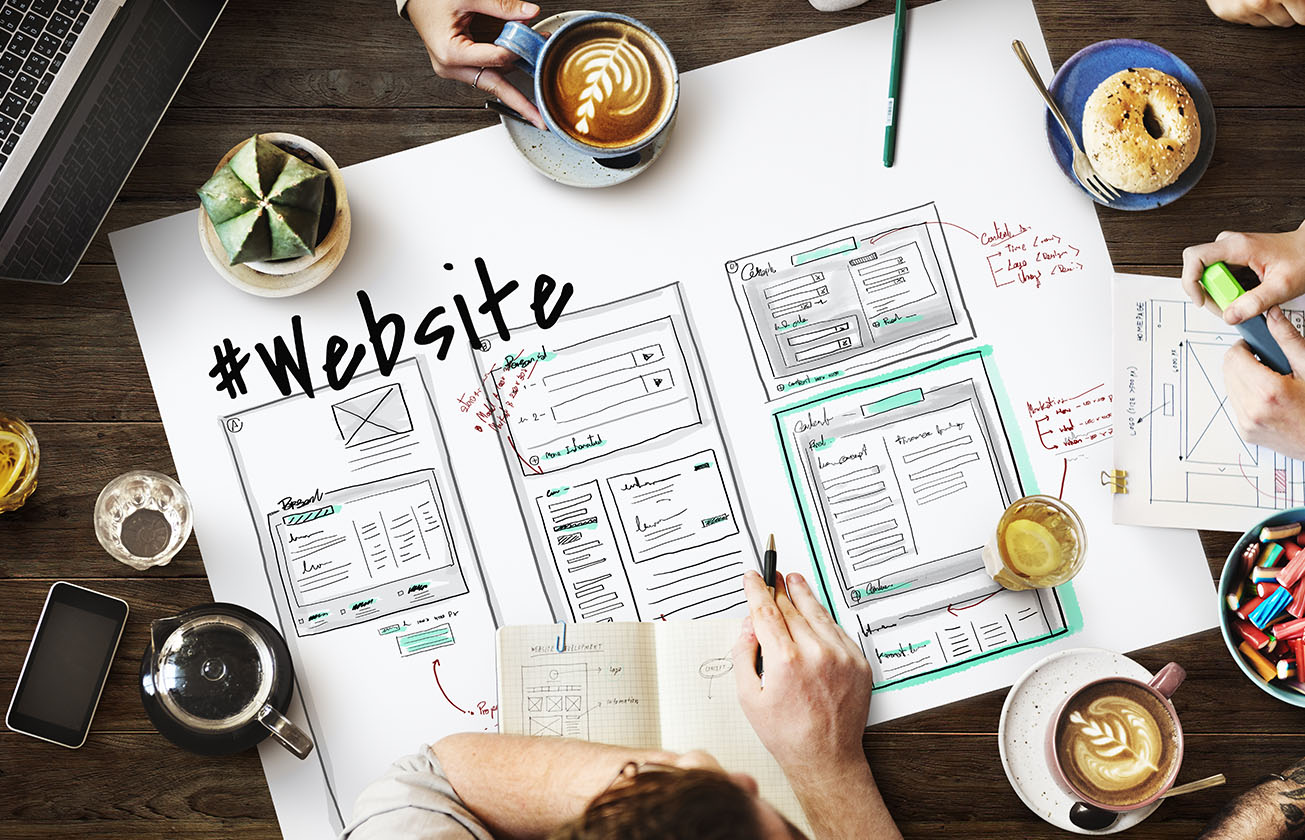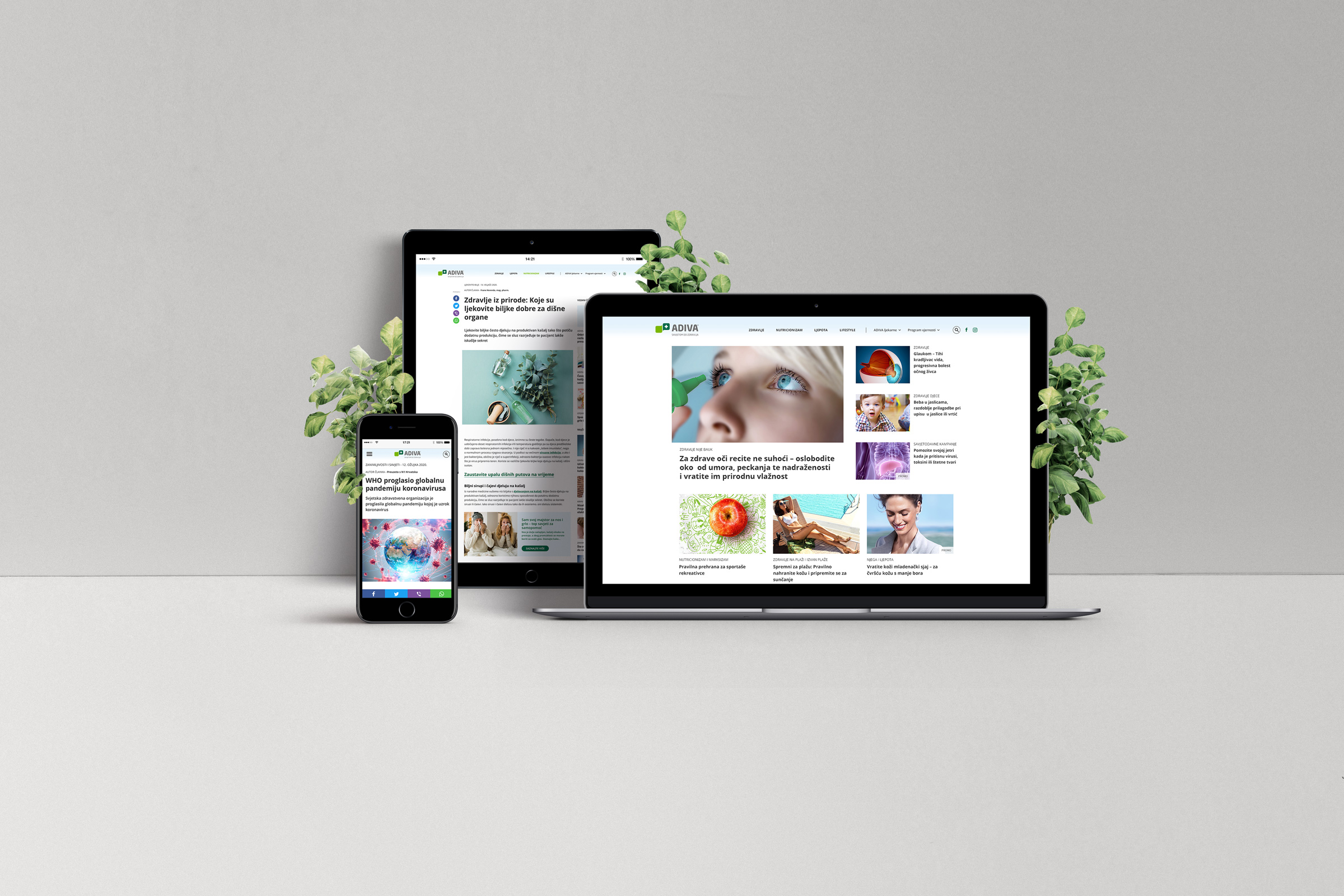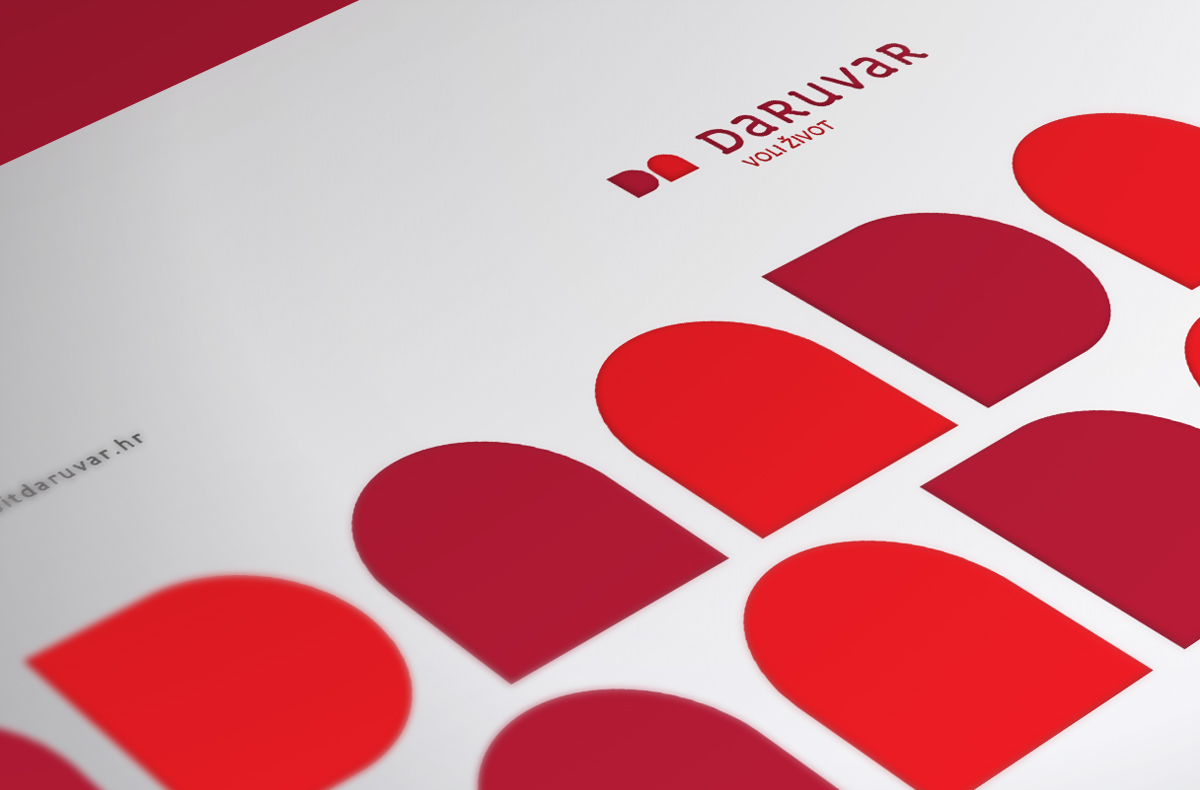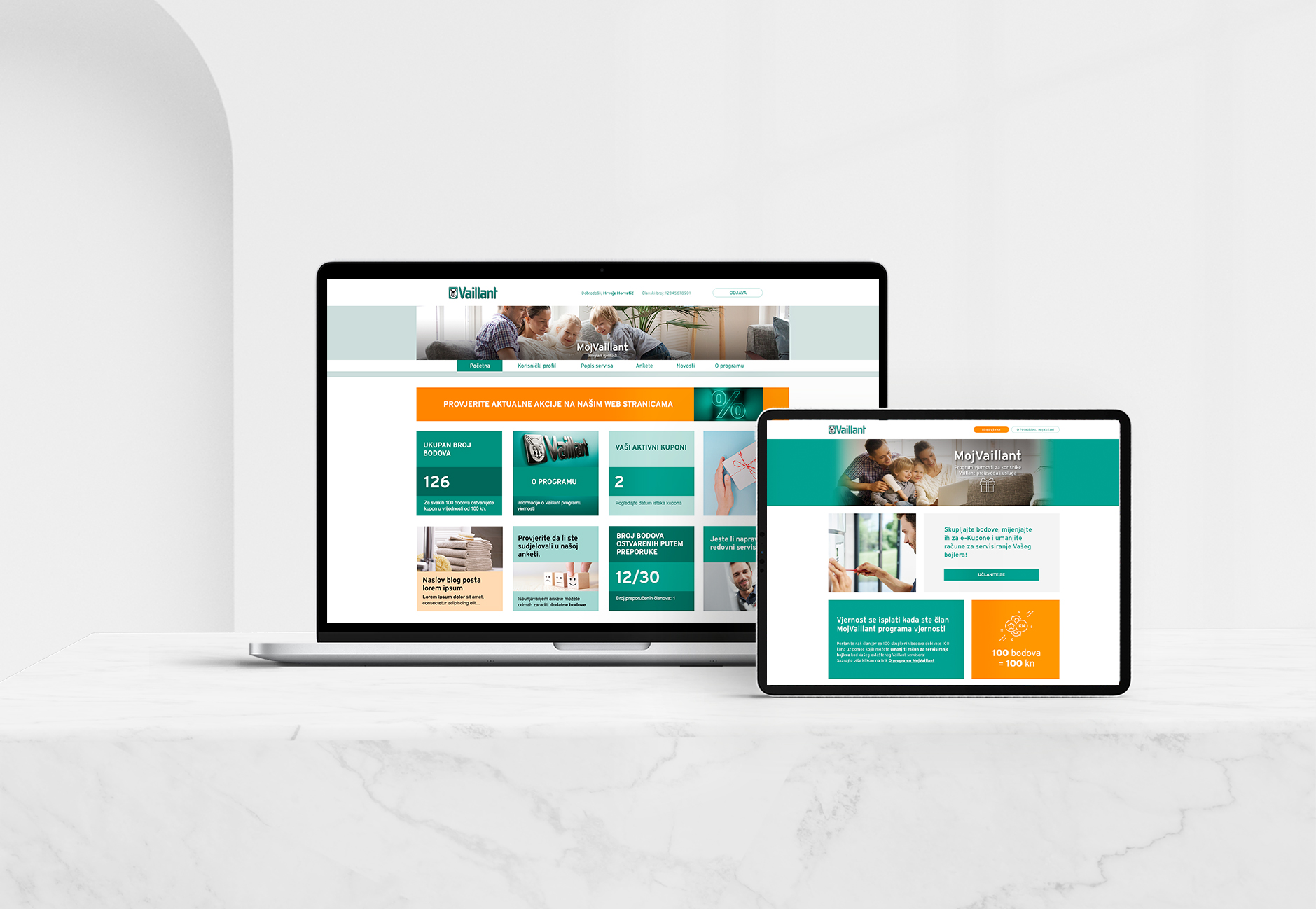What makes a web page genuinely great?
A website is often the first impression users get about your business, and we assume you don’t want it to be the last.

We probably don’t have to explain why it’s crucial to have a great website in 2021. There are almost two billion websites in the world. When you’re competing against two billion pages, it’s hard enough to attract a user.
You know what's even harder? Keep it.
After this dramatic interlude, we can finally start with what you are here for. In short, you want a fantastic website - visually attractive and easy to navigate; technically stable and secure; functional and useful.
We will mention the four main principles that should be at the core of your website’s launch or redesign strategy.
Purpose
If you don’t know the answer to the question “What do you want to achieve with your website?”, you maybe don't need to have one. Your website should have a clear purpose and strategy.
Aesthetics
There’s not a lot of wisdom here - the page should look good to you and everyone else. However, if the site looks like it was made in 1998 in Geocities, we think it’s time to redesign it because rarely will anyone take you seriously.
Original and interesting content
All content should be original and exciting to the end-user. We have already written about this, and as far as originality is concerned, it is crucial because Google punishes content plagiarism. You don't want that, trust us.
UX / UI design: Clear navigation and intuitive user experience
When designing a website, always follow the rule that each subpage must be a maximum of three clicks away from any other subpage. That is why navigation must be intuitive and straightforward for everyone. In addition to helping users browse your site, it also allows Google with SEO optimization.
What makes a great visual design?
We’ve already mentioned that page beauty plays a huge role, but page design isn’t just about aesthetics.
The visual design creates trust or distrust in users, and gaining user trust is the first step towards the most critical goal - conversion.
The beginning of every website design should incorporate the principles that your brand represents. For example, are you a modern or more traditional brand? Does your industry lean more towards younger or older people? Are you more serious or a little more relaxed?
These are all questions you need to know the answer to before designing because everything - from choosing a color, font, and more, tells people what you are like as a brand.
You may be familiar with color psychology, but it’s good to study this article to be sure precisely what emotions color evokes in users.
We think you will be surprised…
Almost 90% of unconscious decisions are made by the user based on color. Let's take one example. You want to make a website for your clinic. What is your primary color? Red? Black? Golden? You probably answered white or a slight beige shade of white.
White color evokes purity, sterility, seriousness, expertise - emotions you want your clinic to reflect.
In addition to color, font is an essential factor. We doubt that if you are not a designer, you have an idea of the meanings of the font and the psychology behind it.
Another crucial thing about fonts is readability. It doesn’t matter which font you choose for the logo and other branding-related things, but always choose a readable font for the primary font on your website. Our suggestions are sans serif fonts.
Also, you don’t need more than two types of fonts on a page. Choose two that complement each other, and that’s enough.
You think we forgot the images? Yes, images are often an essential part of any website, and it is shocking how many companies make mistakes here.
If you didn't know, images are important for the visual design of the page and the ranking of your page on Google search engine.
When choosing images, always choose high-quality images, especially if you are in the visual industry. Poor quality repels people from websites. Also, always select pictures that are not bulky in size because page loading speed is an essential factor in SEO optimization.
What makes a great technical design?
As far as technical design is concerned, we refer to page flexibility and mobile-friendly interface, loading speed, search engine optimization, and navigation.
Flexibility and a mobile-friendly interface can be grouped together. It's an approach where the website is fully adapted to each screen size, platform, and orientation, i.e., the website is responsive on all screens and devices.
The chances are high that you are reading this on your cell phone - about 51%. That percentage is sure to increase in the future, and that’s why your site must be mobile responsive.
You are wondering if your site is mobile-friendly? You can check it on your mobile phone, but if you don't trust yourself, feel free to check it through Google's test as well.
Quick question - how long do you wait for a page to load before you decide life is too short for pages to load for an eternity?
If you ever timed the page load time, you could reach an average of two seconds. That’s a magic number because anything above that is considered slow. The loading's speed (or slowness) affects your site traffic, user returns, and the number of conversions you make.
Tests are an excellent way to speed up your site. Try Google's official tester or Pingdom or GT Metrix. In addition to the rating, all three pages will give additional suggestions for speeding up your page.
But still, an indisputable way to speed up pages is to optimize and compress images and/or videos. Huge images drastically slow down the loading of your page, and the solution is clear - either get rid of them or optimize them.
Now we come to the architecture of the website itself, i.e. navigation.
We’ve already mentioned how important UX / UI design is a couple of times, and there are two clear reasons why this is the case.
The first is better search engine optimization since Google's algorithms make it easier to browse your site. Another reason is the ease of browsing, which gives the user clear roadmaps where anything is located.
Remember that we mentioned the three-click rule? Follow this rule and keep each page a maximum of three clicks away from any other page.
We end with the essential thing in the development of a website - search engine optimization. We can say that all the previous tips play a role in SEO optimization and aim to improve the ranking on Google search engine.
Great SEO requires good content, optimized images, easy and straightforward navigation, optimized content, with the help of keyword research tools.
If you know who your target audience is, it's easier for that person to find you on Google. But, on the other hand, if your SEO is wrong, you will go into the abyss of Google, that is, behind the first page.
It's basically all you need to know about creating your website at some macro level. After that, you can leave all the details and techniques to someone else, say a digital marketing agency.


